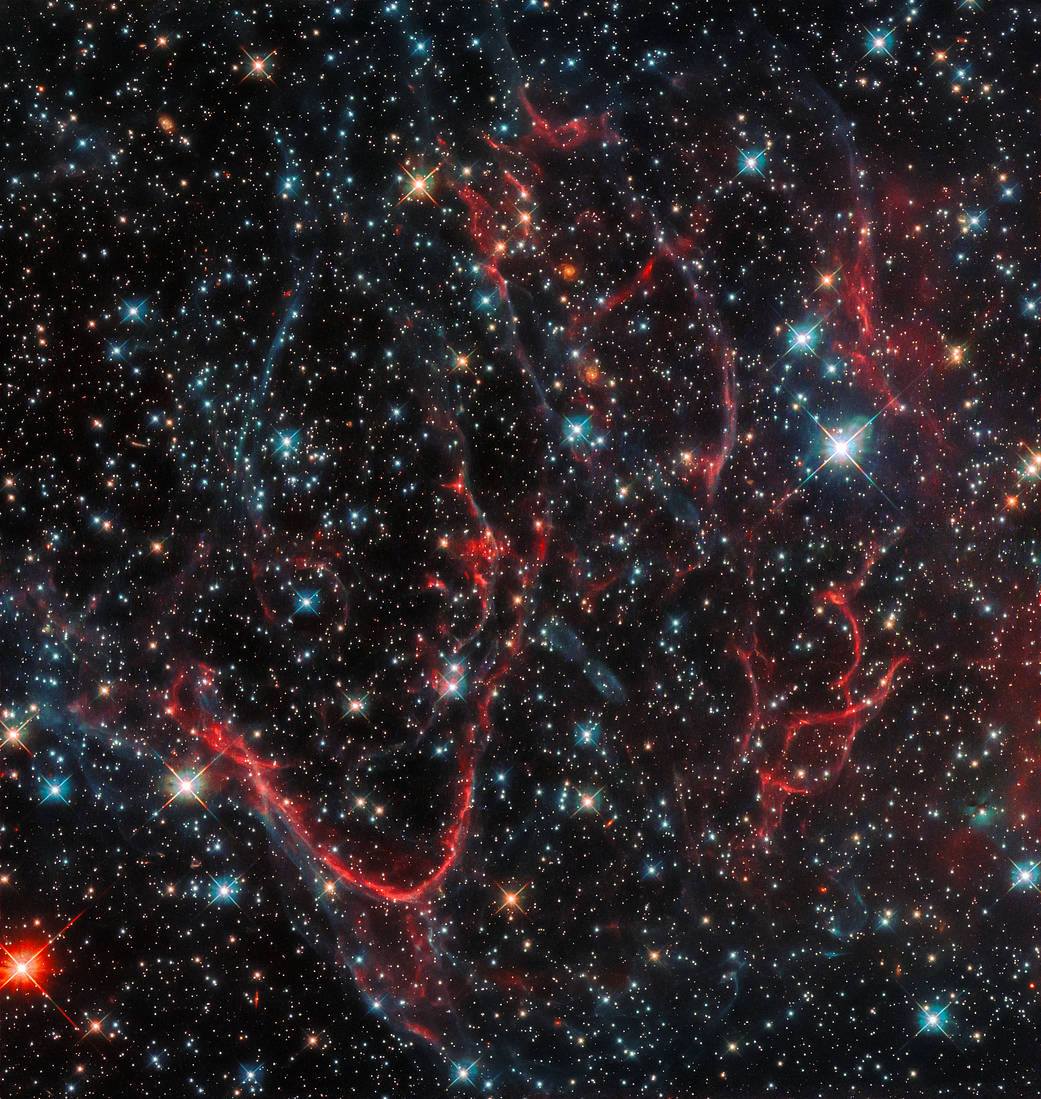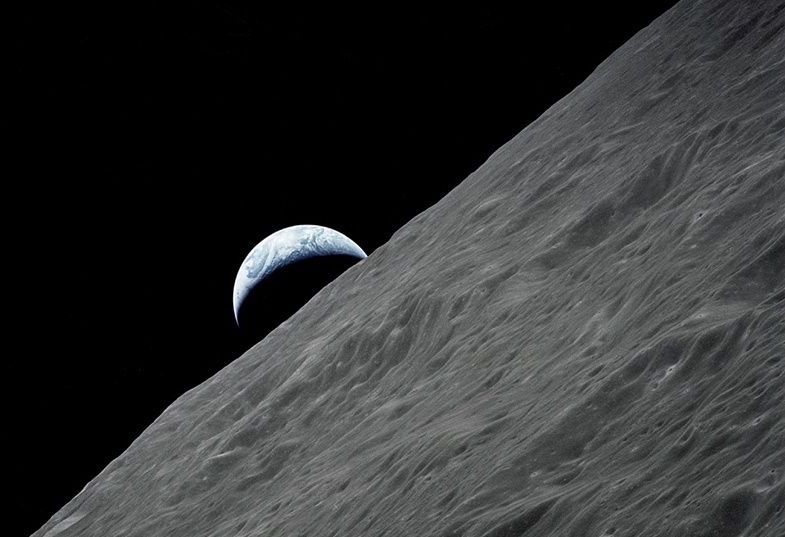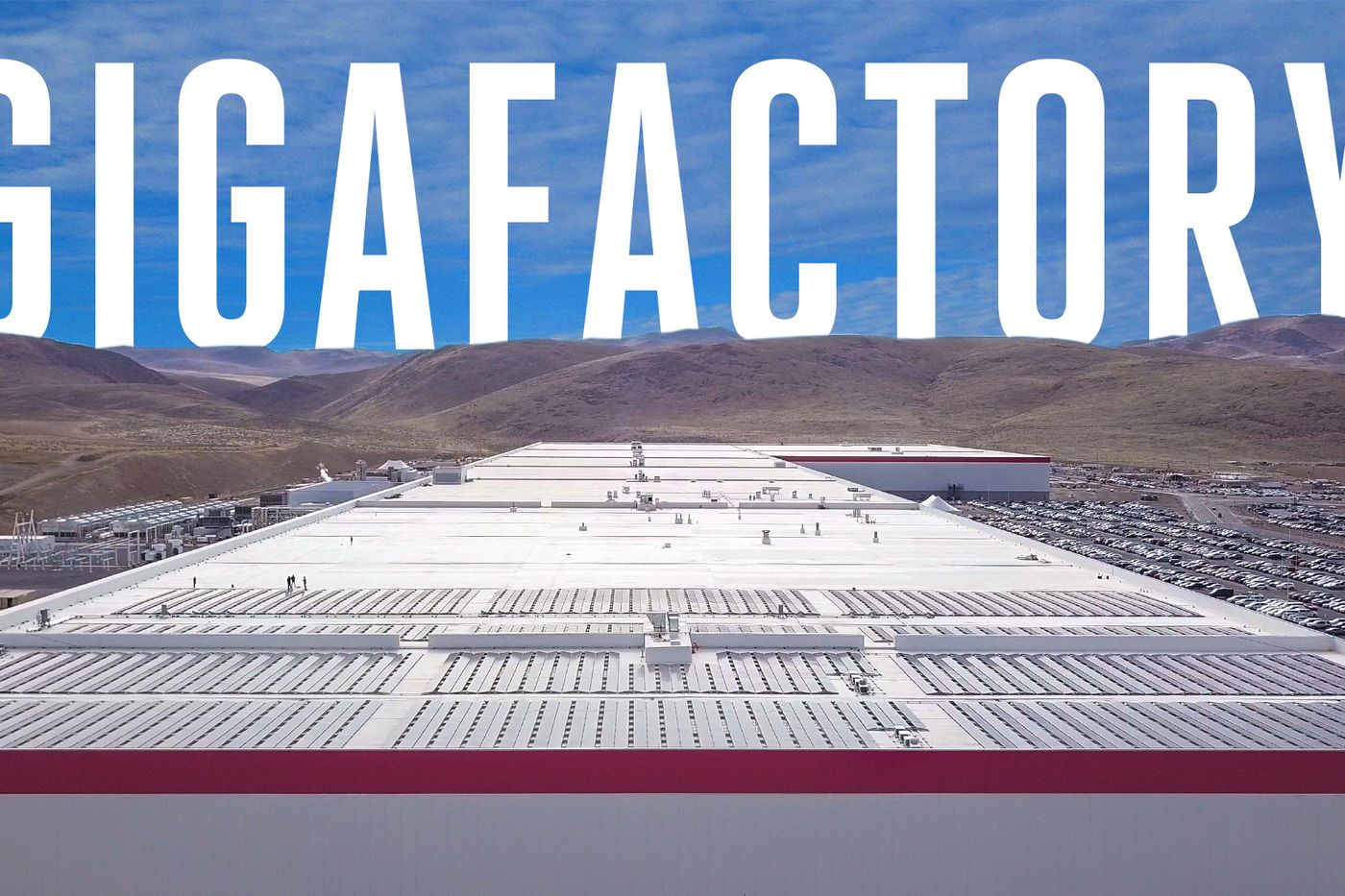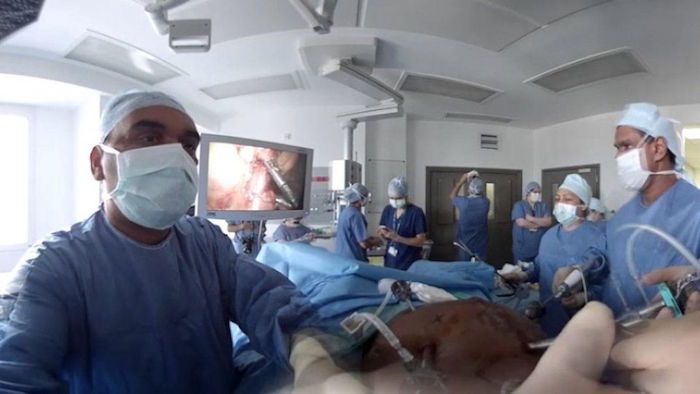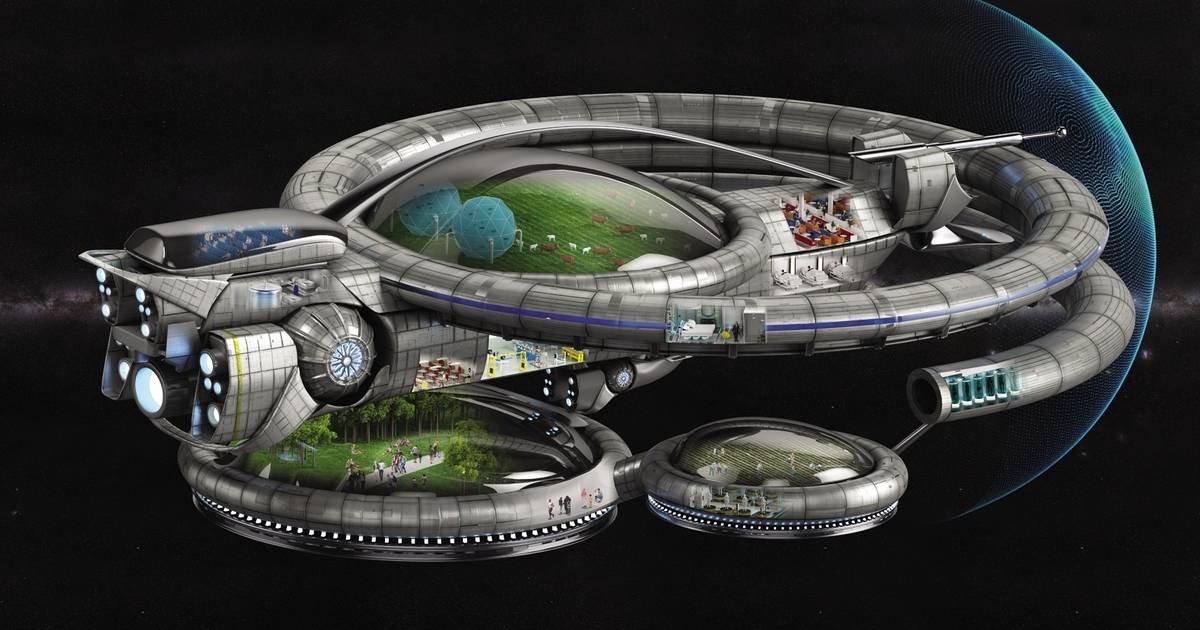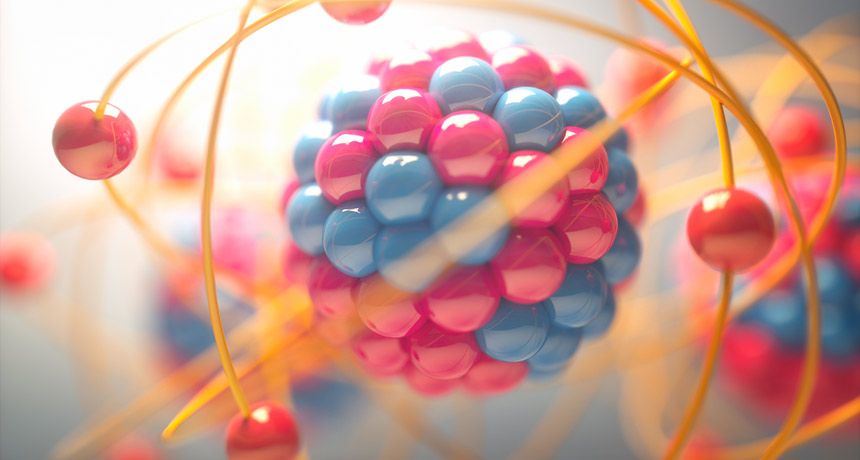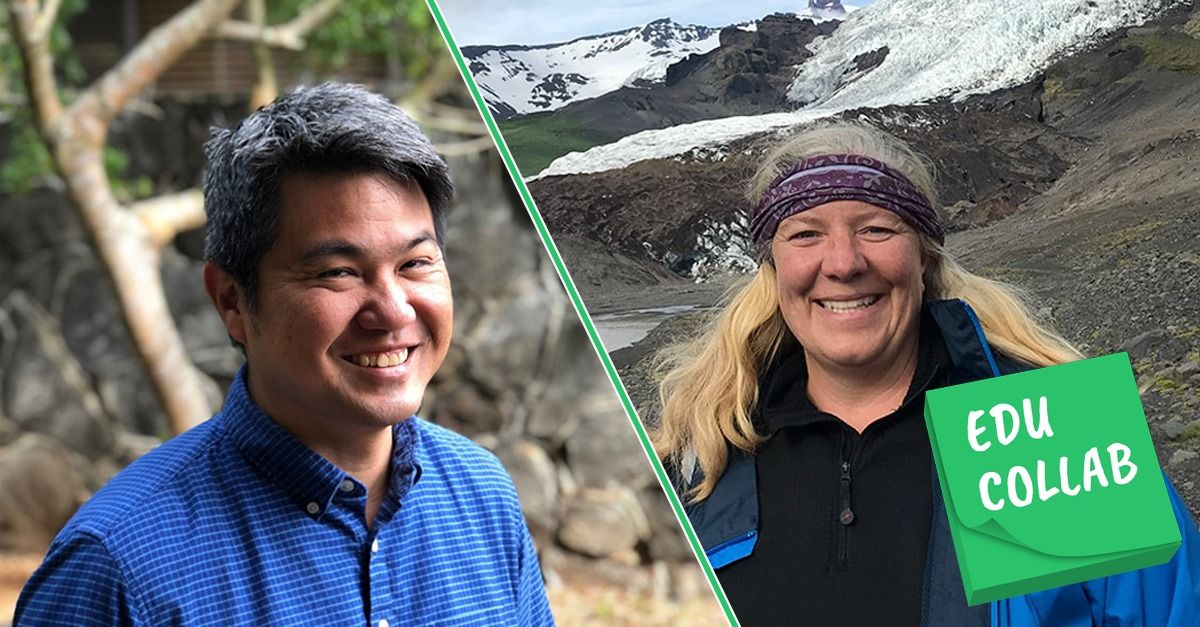Nov 30, 2018
Researchers Turn Lobster Shells Into Biodegradable Plastic
Posted by Genevieve Klien in categories: cyborgs, materials
Plastic is a resilient and versatile material, but it’s not that great for the environment — not plastic that’s made from petroleum, anyway. But scientists are cooking up a better alternative.
Chitin, like plastic, is resilient and versatile. Chitin is found in everything from lobster and shrimp shells, insect exoskeletons, and squid beaks. Thanks to a team of Canadian researchers it may soon be found in plastic, too.
Scientists at McGill University in Montreal have developed a process that allows them to process chitinous things into eco-friendly plastic. Associate Professor of Applied Chemistry Audrey Moores told the CBC “it remains biodegradeable, so if it goes in the environment it’s not going to pollute.”
Continue reading “Researchers Turn Lobster Shells Into Biodegradable Plastic” »



